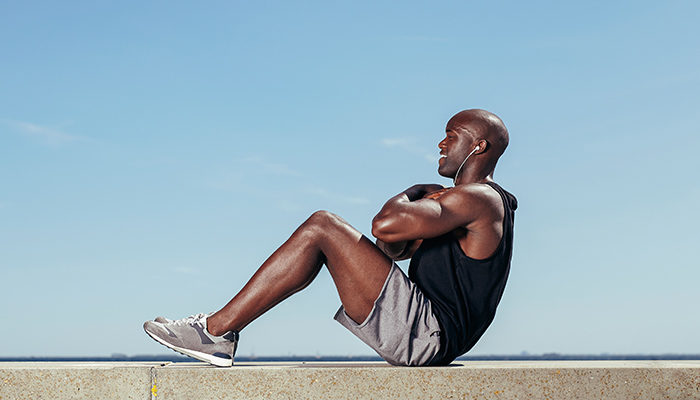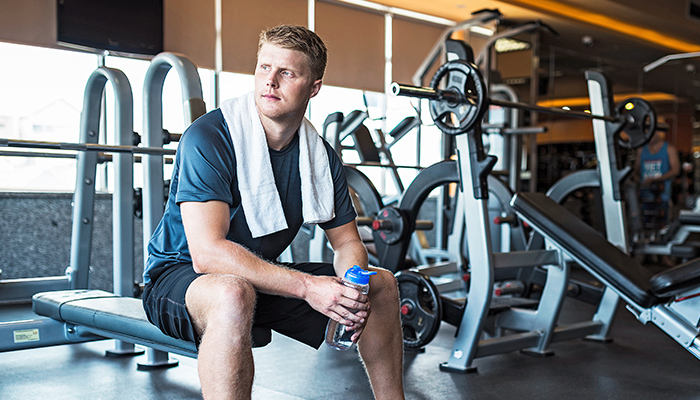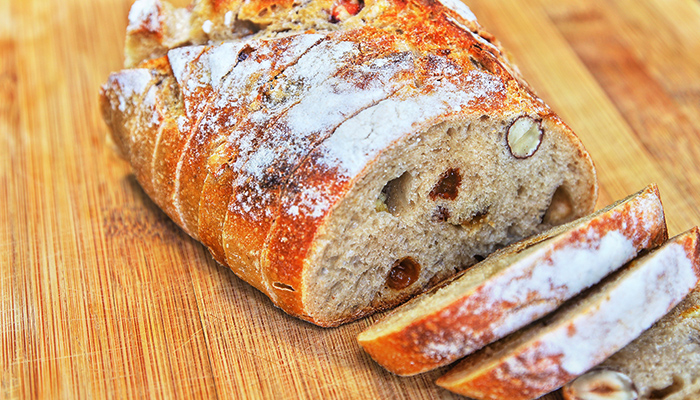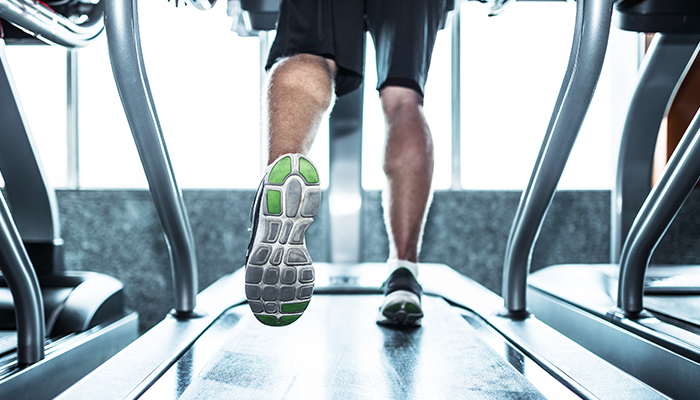SSS Team, SSSPORTS.COM

It can often be difficult to know what is best for our health when it comes to fitness and general lifestyle routines, what with research and statistics telling us so many different things; it’s hard to know where the facts lie and what we should follow in our daily lives. What’s fact and what’s fiction? Here are 5 common misconceptions and the truth behind the myths; have a read of these 5 simple health tips:

Skipping sleep can actually lead to weight gain. Research has shown that those who sleep less than seven hours per night are more likely to gain weight. This could be linked to a disruption of the normal functioning of hunger-regulating hormones, or the fact that a lack of sleep may lead to a reduced level of physical activity due to low energy levels during the day.

Crunches work on strengthening your core by targeting the abdominal muscles and they also help with coordination as you use your arms and legs as part of the movement. However planks, push-ups and more dynamic weight-training exercises have proven better results in creating abdominal definition because they help to strengthen the entire midsection – getting you closer to achieving those washboard abs.

An intense workout every day could lead to injury and muscle strain as you overwork your body, which will actually slow improvement. Therefore, it’s important to take regular breaks to allow your body to recover, so give your body a day to rest in between intense workout days. The same goes for mixing up your training routine – keep the exercises varied so you don’t over-use certain muscle groups with repetitive exertion.

Excessive eating and lack of exercise are more to blame for weight gain than eating a particular food group. Carbohydrates are required to fuel the body, repair muscles and provide a vital source of energy to keep us going all day long. It’s about having a proportionate amount of every food group, rather than deleting a whole section as this will affect the natural metabolism of the body.

It’s not running that weakens your knees, it’s the force of your body weight on your joints. This remains the same whether you’re running on a treadmill or along the pavement. You can control more factors when running on a treadmill, such as the level of incline, running on a smooth surface and adjust the room temperature, which may make the environment more controlled, but the physical motion is not vastly different from being outdoors. It’s always recommended to mix your running routine with other cardio activities and dynamic weight training to achieve more rounded results and give those legs a break!
To get yourself kitted out in all the latest fitness gear, check out our Fitness sections and head to your nearest Sun & Sand Sports store to get everything you need.